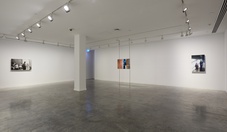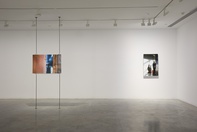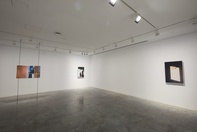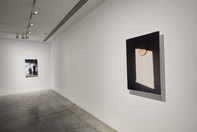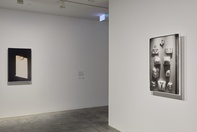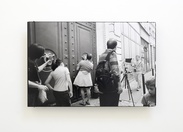Rudi Williams
Naarm/Melbourne
2023
Displayed 2023 at Museum of Contemporary Art Australia
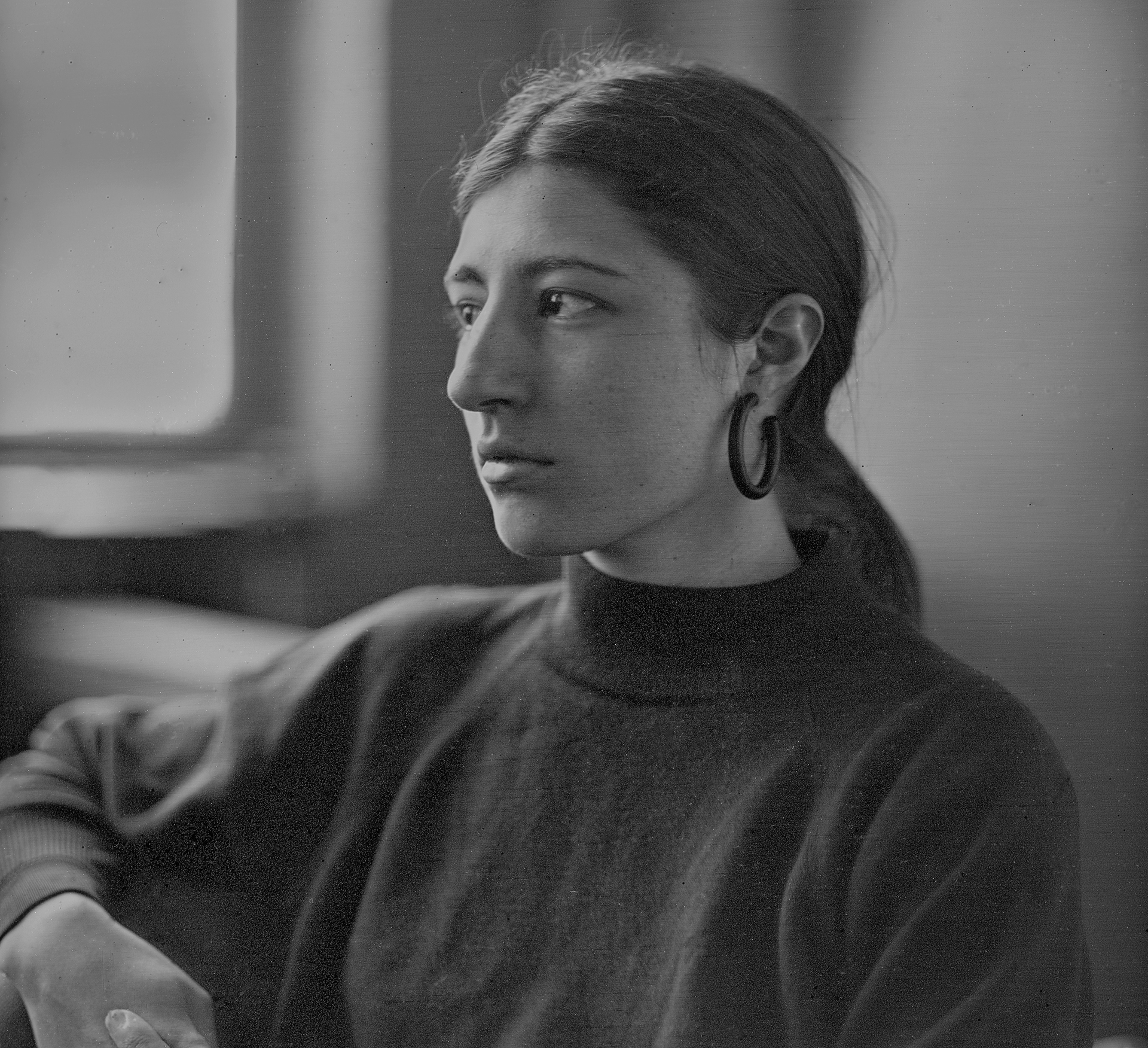
Rudi Williams
Born 1993, Milan, Italy.
Lives and works Naarm/Melbourne.
Rudi Williams employs analogue and digital photography, film and sculpture to create meditative and layered works that contemplate archives and the photographic medium. Williams’ work is held in private and major public collections including the National Gallery of Victoria, Melbourne. Her works have featured in exhibitions nationally including in Breath, the Chapter House, Melbourne (2022); unfixed: σκιά σκιά σκιά/ ombra ombra ombra/ shadow shadow shadow, Sutton Gallery, Melbourne (2021); An unorthodox flow of images, the Centre for Contemporary Photography, Melbourne (2017); TarraWarra Biennial 2016: Endless Circulation, Healesville, Victoria (2016); Echo, Caves Gallery, Melbourne (2016); and Shadow Sites, Next Wave Festival, Melbourne (2016). In 2021, Williams was a finalist in both the Castlemaine Art Museum Experimental Print Prize, Castlemaine Art Museum, Victoria, and the Martin Kantor Portrait Prize, Ballarat International Foto Biennale, Ballarat, Victoria.
Photograph: Jerry Spagnoli
Image courtesy the artist
Artist text
by Tiarney Miekus
For Rudi Williams, every photograph is an artefact of experience. Her photographs capture shadows and reflections, timekeeping, the human tendencies of remembering and forgetting, and quietly fortuitous moments. Such images don’t merely relay the easy observation that time passes, but rather expresses how we measure time, how the context of photographs shift our perceptions, and how the labour of image-making processes – the methods by which an image is created – is intrinsic to human perception of the world.
For The National 4, Williams, an Italian-born, Melbourne-based artist, is exhibiting photographs from her archive – as she did for the exhibition unfixed: σκιά σκιά σκιά ombra ombra ombra shadow shadow shadow (2021). The image selection circulates throughout the space, hanging for a set time before being exchanged for other photographs, inviting repeated visits to witness this choreography. The site and exhibition duration become materials themselves, revealing how meaning evolves as the photographs literally circulate in the time and space of the gallery – a process not dissimilar to image circulation in our lives.
Yet Williams doesn’t confuse time with its more human experience: pace. Pace is the time we are forced to set through external pressures. Consider Williams’ image of window light illuminating a yellowing clockface. It’s either 8.00am or 8.00pm. It appears to be as literal as time gets, yet the clockface and the photograph don’t designate the time itself, but the abstract measurement of it.
Like many of Williams’ photographs, this image of the clockface is a matter of chance. For over a decade, Williams has taken 35mm film photographs, often while travelling. Nothing is staged; it’s coincidence. Take one photograph of a woman standing, staring at information on a display of the ‘The Hellenistic and Roman World’ at The Metropolitan Museum of Art. A second shadow appears where there should be only one. She’s looking at a measurement of history, yet the ‘when’ of time and place is complicated by layers of spectatorship: the woman’s view, the onlooker’s, Williams’, and our own.
Other photographs capture moments such as a butterfly resting on a back, alongside museum artefacts, again suggesting recorded time as curated rather than naturalised. Perhaps the most serendipitous image is 2017, Rue Bonaparte, Paris, France (2021). A person sets up a large-format photograph while others watch, some taking their own iPhone images. Another man carries a digital camera. It’s a spontaneous history of photographic mediums, chanced upon in the street, illustrating how, as John Berger wrote, photography has now ‘replaced the world as immediate testimony.’ (1)
This photograph also attests to Williams’ interest in photographic history and the idiosyncratic dialects of photographers, which she practises firsthand through historical and contemporary image-making processes. In past works, she has created Daguerreotypes and worked with unfixed silver gelatin paper. Every photograph is printed by her own hand – a deliberate decision of slowness, embracing flaws.
What emerges is a diegetic narrative of pace: the exhibition duration; the photographs visualising timekeeping; the slow processes of image-making; and the final photograph itself. The concept of ‘real time’ is interrupted by injecting multiple modes of time at once, from the archaeological to the clock. Williams captures our endless circulation of images, our daily collective labour, and simultaneously interrupts this, slowing it down, actually looking.
(1) John Berger, ‘Uses of Photography’, in About Looking, Bloomsbury, London, 2009 (first published by Writers and Readers Publishing Cooperative, London, 1980), p.52.
Rudi Williams
9min
Artist's acknowledgements
unfixed: σκιά σκιά σκιά ombra ombra ombra shadow shadow shadow (2021) was originally exhibited at Sutton Gallery (Naarm/Melbourne) in 2021.
The artist thanks: Brian Gracey, Darren Rokahr, Asko Ryhanen, and Carleene de Somerville at CLP Digital, Kevin Stevens at Press Print, Darcey Bella Arnold, Brigid Moriarty, Kati Rule, Irene Sutton, at Sutton Gallery, Danny Frommer, Ziga Testen, David Wood, and Ellie Young, as well as her family and friends for their ongoing support.
